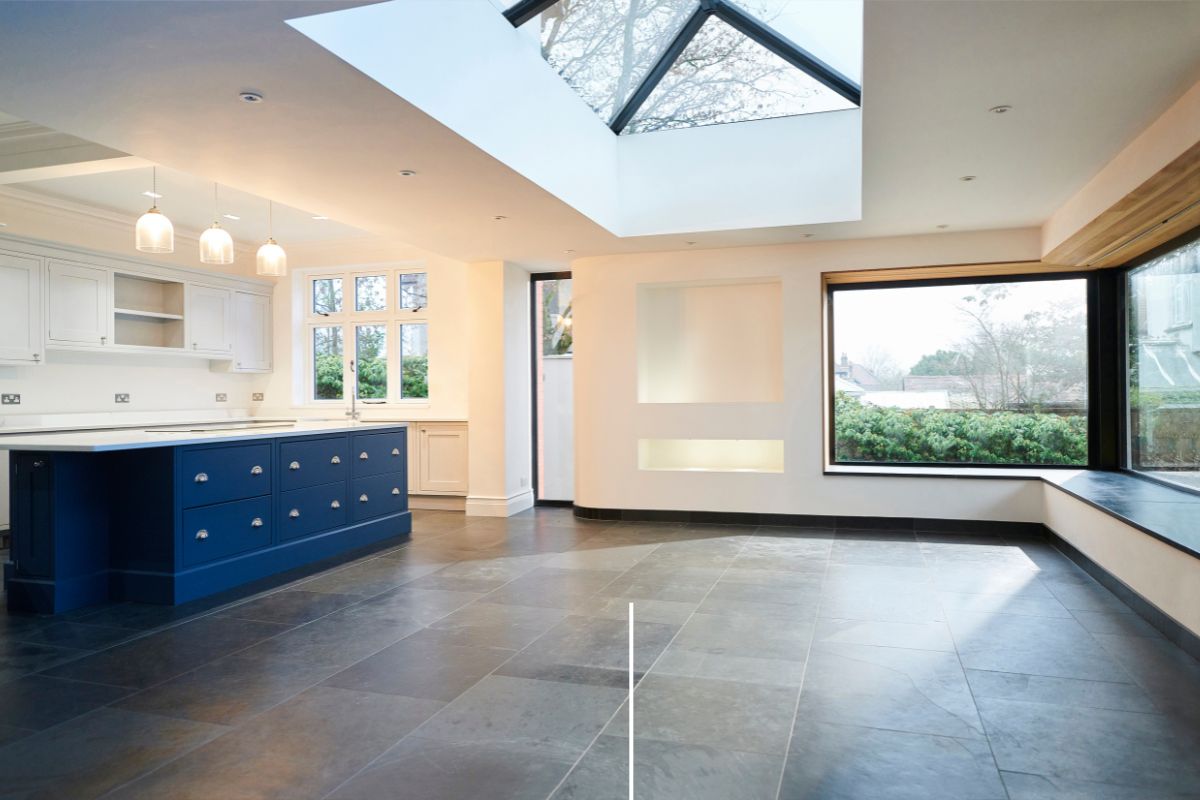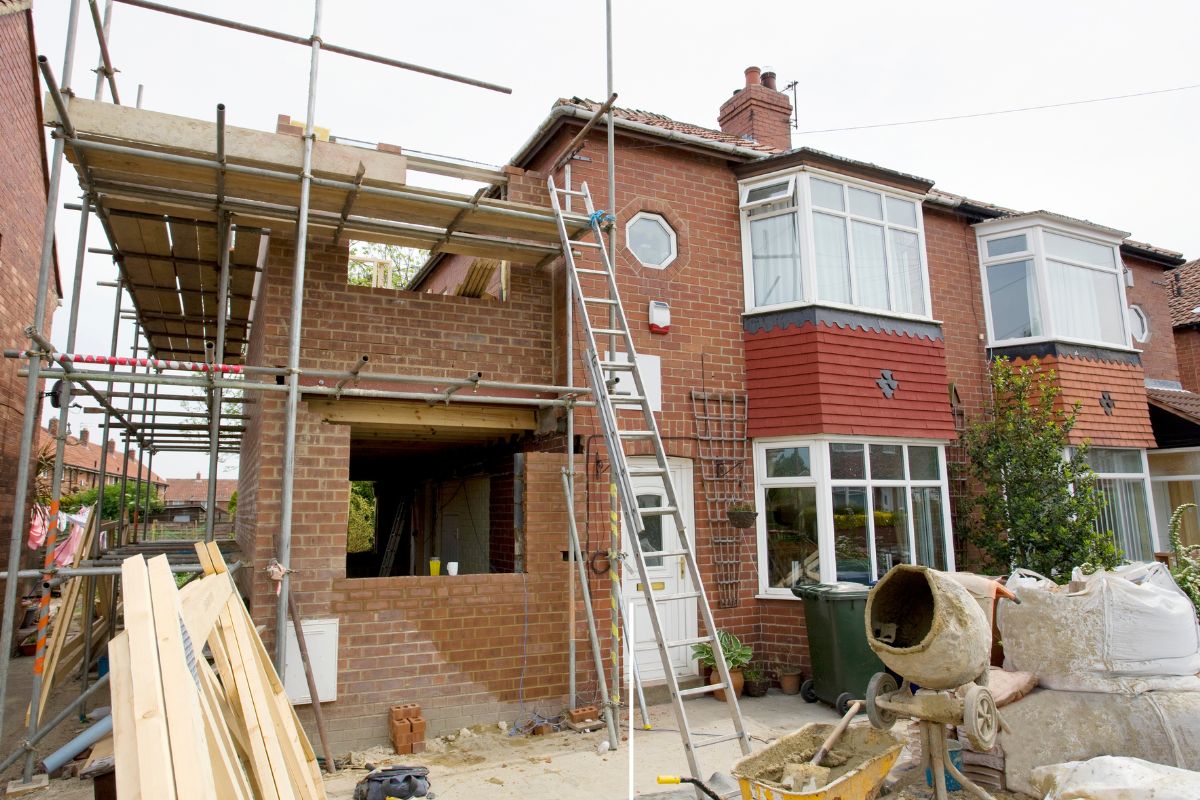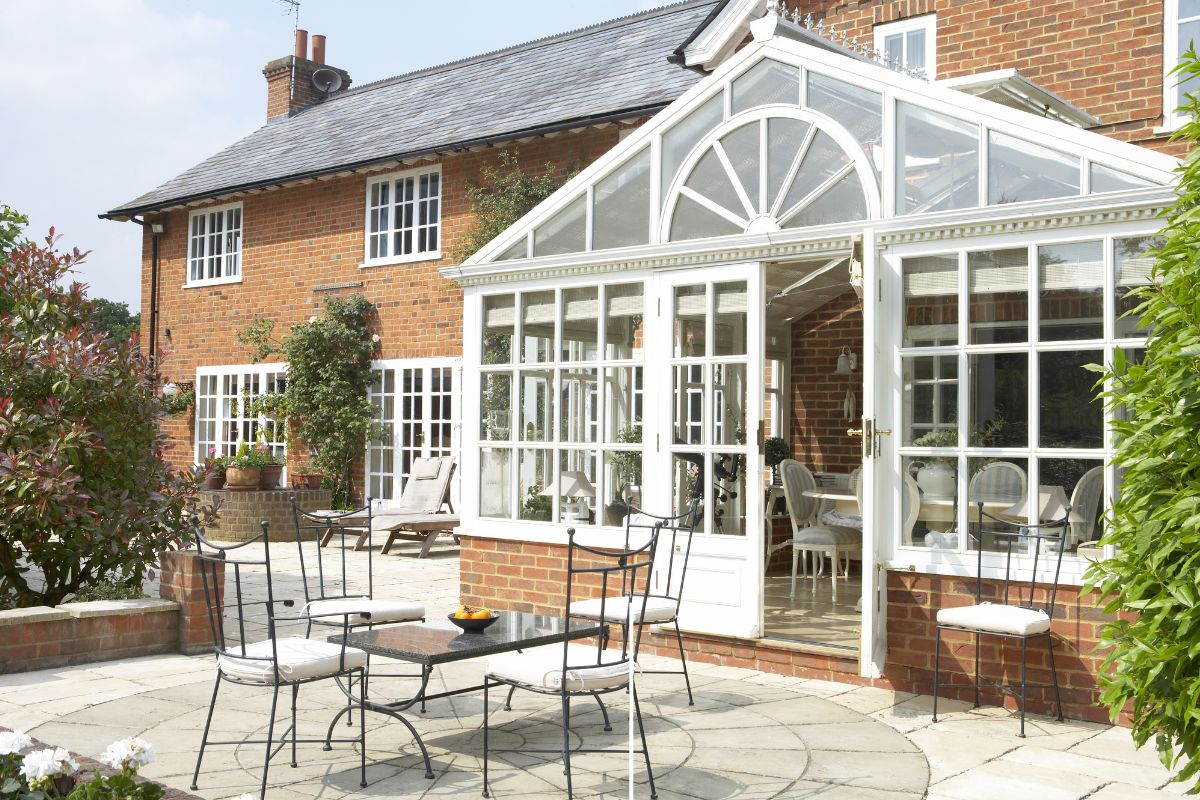For many homeowners, designing a livable and comfy space is top priority. One can achieve this is adding extensions to your home. Extensions can provide that much-needed extra room. Or open up your living area to new possibilities. Let’s explore the concept of extensions and how they can transform your home.
Table of Contents
Understanding Extensions
Extensions are extra structure added to an existing building to increase its floor area. They can be created in a variety of styles to blend in with your home’s original architecture.
Extensions can be customized to fit your needs, whether you are looking for a new kitchen or an additional bedroom.

The Benefits of Extensions
- Increased Space: The main advantage of extensions is the extra room they create. You can use this additional space for a home office or a kid’s play area.
- Property Value Gains: Well-planned additions can raise your home’s market value. If you ever decide to sell, they increase the appeal of your house to prospective buyers.
- Cost-Effective: Compared to moving to a larger home, building an extension is often a more cost-effective solution to space issues.
- Personalization: With extensions, you can make your living area more in line with your tastes and way of life.
Planning Your Extension
Before jumping into the construction of an extension, it’s essential to plan carefully. Consider the following steps:
- Identify Your Needs: Determine why you need the extension and what you will use the new space for.
- Budgeting: Establish a budget for your project. Keep in mind that quality should not be compromised for cost.
- Design: Work with a professional to design your extension. Ensure it meets your requirements and complies with local building regulations.
- Choosing Materials: Select materials that will ensure the longevity and efficiency of your extension.
Finding Inspiration For Your Extensions
- Browse online resources: You can browse websites like Pinterest, Houzz, and design blogs for extension designs. Explore different styles, layouts, and material choices to find ideas that resonate with your taste and budget.
- Showrooms and exhibitions: Visiting kitchen, bathroom, and building material showrooms can be a great way to see products firsthand and get a feel for the latest trends in extensions.
- Architectural magazines: Architectural magazines showcase stunning home extensions and can provide valuable design inspiration. They can also offer insights into innovative materials and construction techniques.
Types of Extensions

There are several types of extensions to consider, each with its own unique features:
- Single-Storey Extensions: Ideal for creating larger kitchens or dining areas.
- Double-Storey Extensions: These provide additional space on two levels, often for bedrooms and bathrooms.
- Conservatories: Made mostly of glass, conservatories bring in natural light and can serve as a greenhouse or a tranquil sitting area.
- Loft Conversions: Transforming unused attic space into a functional room.
The Construction Process
Building an extension involves several stages:
- Foundation Laying: The foundation supports the extension’s weight and ensures its stability.
- Structural Work: Erecting walls, roof installation, and ensuring the structure is weatherproof.
- Interior Work: Insulation, plastering, and interior finishes.
- Utilities: Extending electrical wiring, plumbing, and heating to the new extension.
Maintaining Your Extension
After the completion of your extension, maintenance is key to keeping it in top condition:
- Regular Inspections: Check for any signs of wear and tear or structural issues.
- Cleaning: Keep the extension clean, including windows, doors, and gutters.
- Repairs: Address any damage or issues promptly to prevent further deterioration.
Additional Considerations
- Project Management: Consider hiring a project manager to oversee the entire construction process. This can be especially helpful for larger or more complex extensions.
- Building Regulations: The builder will ensure your extension complies with all relevant building regulations. However, it’s always a good idea to familiarize yourself with these regulations to understand the safety and quality standards that must be met.
- Inspections: There will be several inspections throughout the construction process by local building control authorities to ensure compliance with regulations.
- Communication: Maintain clear communication with your builder throughout the project. Discuss any concerns or questions promptly to avoid delays or misunderstandings.
Conclusion
Extensions are a fantastic way to enhance your living space and add value to your home. With careful planning and consideration, you can create an extension that not only meets your current needs but also adapts to your future requirements. Remember, the key to a successful extension is in the details, from the initial design to the final touches. By understanding the benefits and processes involved in creating extensions, you can make informed decisions that will lead to a beautiful and functional addition to your home.
Whether you opt for a modest single-storey extension or a grand double-storey project, the possibilities are endless. Embrace the journey of expanding your home and enjoy the new space it brings to your life.
















